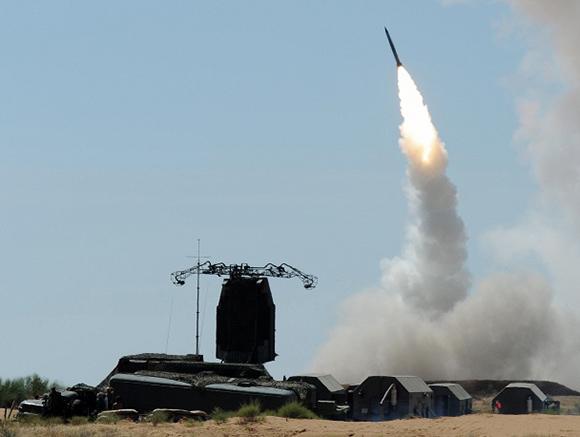"Iran has received its first S-300 anti-aircraft system." This is what a radiant Iranian ambassador Mehdi Sanai told the news agency from Moscow Tasnim.
We are probably talking about some components (we must try to understand the reality from the triumphant tone of Sanai), who arrived in Iran nine years late. The 800 million dollar contract for five S-300 defensive systems was signed in the 2007. The supply was then frozen following sanctions imposed by the United Nations on the Islamic Republic. Supply again called into question after the nuclear agreements signed last April between the world powers and Iran.
Last August, commenting on the 'S-300' affair, Deputy Foreign Minister Mikhail Bogdanov, gave for certain the delivery of anti-aircraft systems by the end of the year. Timing repeatedly denied, confirmed and retracted. Now, however, the official confirmation: by the end of the Iranian year (which concludes the next 20 March), the five S-300 systems will be delivered to Iran. Therefore, even the "technical details" that until a few months ago prevented the delivery of S-300 systems were overcome.
Israel has tried, in vain, to block the sale of S-300 systems. The reason is easy to understand: a defensive line, deployed close to Tehran's nuclear plants (considered the first targets in the event of an Israeli attack), would almost certainly cause heavy losses. If S-300 were to get hold of Hezbollah, Israel's regional air supremacy would be challenged.
Iranian S-300
The 9M82M missile known as "Antey-2500", (code-named NATO SA-23 Gladiator Giant) is specifically designed for tactical defense against medium-range ballistic missiles or enemy aircraft. He can follow up to 100 targets, being able to hire 12 / 24 at a distance of 200 kilometers (124 miles) and at height of 27 kilometers (about 17 miles). The SA-23 is considered immune to most Western ECM countermeasures with a operational tangency of thirty thousand meters. The Antey, once put on line, does not require maintenance for at least ten years, while its warheads are considered able to defeat even the most modern western ballistic missiles. It is driven by an inertial system with half-way radio updating, while in the terminal phase it relies on a semi-active radar.
Probably the delivery of at least one 'V4' system, with a range of 400 km. For the Russians, there is no aircraft (including the B-2, the F-22 and the F-35) capable of dealing with an S-400 system with impunity.
(photo: ITAR-TASS)












